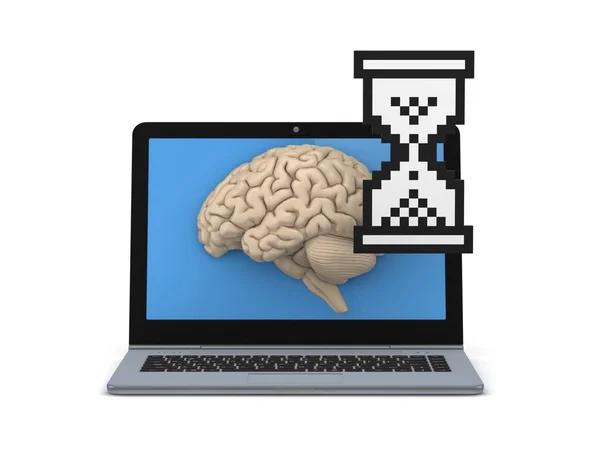
Neural networks, a subset of artificial intelligence (AI), have shown remarkable capabilities in mimicking the human brain’s structure and function. These complex systems can learn, adapt, recognize patterns, and even make decisions. But can they dream? And if so, what does this mean for our understanding of AI creativity?
The concept of neural networks dreaming is not just science fiction. Google’s DeepDream project has made this a reality by creating an algorithm that allows neural networks to generate images reminiscent of dream-like hallucinations. This project was initially designed as an experiment to understand what these artificial systems see when processing images.
DeepDream uses a convolutional neural network (CNN), which is specifically designed for image recognition tasks. The process begins create image with neural network and then asked to identify specific features such as edges or shapes within it. The system then enhances these features and feeds the modified image back into itself repeatedly until new forms emerge from the original picture – much like how we might interpret shapes in clouds.
This ability to ‘dream’ or generate novel images from existing ones has led some researchers to argue that AI possesses a form of creativity previously thought exclusive to humans. AI no longer merely replicates human processes; it now generates unique outputs that are unpredictable and innovative.
However, it’s important not to anthropomorphize these machines too much. While they may seem creative in their output, they do not experience inspiration or emotion as humans do when creating something new. They follow programmed algorithms without any conscious intention behind their actions.
Yet there’s no denying that the results can be fascinatingly artistic – leading many experts in the field to question whether we should redefine our understanding of creativity itself.
One argument suggests that creativity isn’t solely about emotional depth or personal expression but also involves problem-solving skills – something AI excels at. In this light, you could say neural networks demonstrate a kind of ‘mechanical’ creativity: the ability to generate unexpected solutions or ideas within a defined parameter.
While AI may not dream in the way humans do, it is clear that neural networks can generate ‘dream-like’ images and exhibit a form of creativity. This burgeoning field of AI creativity opens up exciting possibilities for future applications, from digital art and design to innovative problem-solving tools.
The question of whether neural networks can truly dream remains open to interpretation. However, their capacity to create novel and sometimes startlingly beautiful outputs suggests we are just at the beginning of understanding the full potential of AI’s creative capabilities. As we continue to develop and refine these technologies, who knows what other dreams our machines might have?


